Hard candy is a popular confection enjoyed by many people worldwide. Behind the creation of these sweet treats is a machine specifically designed to handle the unique properties of sugar mixtures — the hard candy machine. If you've ever wondered how this machine operates to turn raw ingredients into solid candies, here's a comprehensive look at the working principle of a hard candy machine.
Basic Overview
A hard candy machine is a piece of equipment used in the confectionery industry to cook, shape, and cool sugar mixtures into hard candies. It automates many stages of candy production to achieve consistent texture and shape, which is difficult to do by hand. The machine manages the heating, forming, cooling, and sometimes cutting processes involved in candy making.
Ingredients and Preparation
The primary ingredient for hard candy is sugar, often combined with water and sometimes glucose syrup or corn syrup to control crystallization and texture. Flavorings and colorants are added later, but the key challenge is to properly cook and handle the sugar mixture so it solidifies with the desired hardness and clarity.
Step 1: Cooking the Sugar Mixture
The process starts by mixing sugar and water in a cooker or kettle. The mixture is heated to dissolve the sugar completely, and then boiled to concentrate the solution. Precise temperature control is essential here: the sugar syrup must reach a specific temperature (usually around 150°C or 302°F) to achieve the right consistency for hard candy without burning.
This boiling process evaporates very of the water, resulting in a thick syrup with a high sugar concentration. The syrup's viscosity at this stage is critical because it affects how the candy will behave during shaping.
Step 2: Cooling the Syrup
Once the sugar syrup reaches the correct temperature and concentration, it is moved to a cooling section. Here, the syrup's temperature is reduced to a point where it becomes easier to handle but remains pliable. Proper cooling is vital to prevent premature hardening and to allow shaping.
Step 3: Shaping the Candy
The cooled syrup is fed into the forming part of the machine. This area uses various methods to shape the candy:
Rolling: The syrup can be rolled into flat sheets which are then cut into shapes.
Extrusion: The syrup is pushed through molds or dies to create specific shapes or candy ropes.
Molding: Some machines use molds to form candies with particular designs.
The shaping method depends on the machine type and the desired candy product.
Step 4: Cutting and Final Cooling
If the candy is extruded as a continuous rope, it is cut into individual pieces by mechanical cutters. Once shaped and cut, the candies enter a cooling tunnel or conveyor where they harden into their final form. The cooling must be gradual and consistent to maintain the candy's texture and prevent stickiness.
Important Components of the Hard Candy Machine
Cooker or Kettle: Heats and boils the sugar mixture.
Cooling Conveyor/Table: Allows the syrup to cool to the ideal temperature for shaping.
Shaping Mechanism: Rollers, molds, or extruders that form the candy.
Cutting Unit: Slices continuous candy shapes into pieces.
Cooling Tunnel: Further solidifies the candies.
Control System: Monitors temperature and controls machine functions to maintain consistency.
Types of Hard Candy Machines
Manual Machines: Require significant operator involvement in pouring, shaping, and cutting.
Semi-Automatic Machines: Combine manual and automated steps to increase efficiency.
Fully Automatic Machines: Perform processes with minimal human intervention, suitable for higher volume production.
Maintenance and Operation Tips
Regular maintenance is important to keep the machine running smoothly:
Clean the machine thoroughly to prevent sugar buildup.
Monitor temperature settings closely to avoid caramelizing the sugar.
Inspect moving parts like rollers and cutters for wear and replace them as needed.
Train operators to recognize and troubleshoot common issues.
The hard candy machine is a specialized tool designed to handle the unique demands of making hard candy. Through controlled heating, cooling, shaping, and cutting, it produces candies with consistent texture and shape. Understanding its working principle helps manufacturers optimize production and maintain quality.
If you're interested in candy making, gaining knowledge about how this machine functions can provide valuable insights into the confectionery production process. Whether for small-scale artisanal candy or larger factory production, the hard candy machine remains an important piece of equipment in the sweet-making world.


 ENG
ENG
 English
English 中文简体
中文简体 русский
русский Français
Français Español
Español عربى
عربى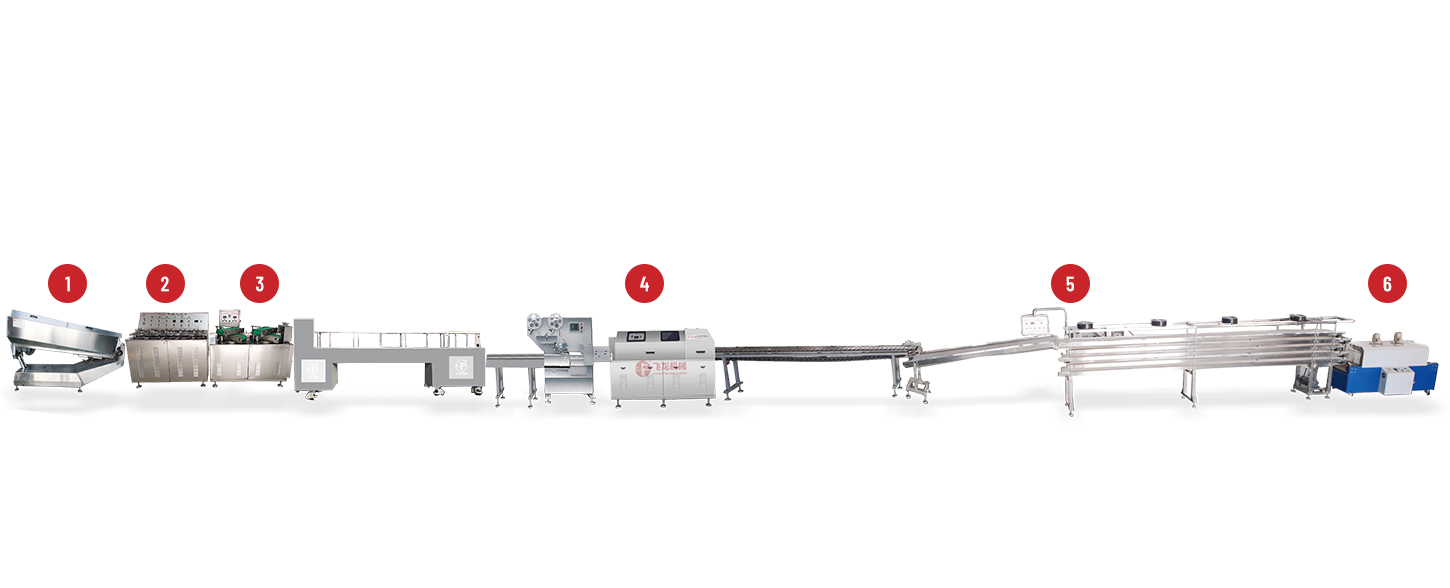
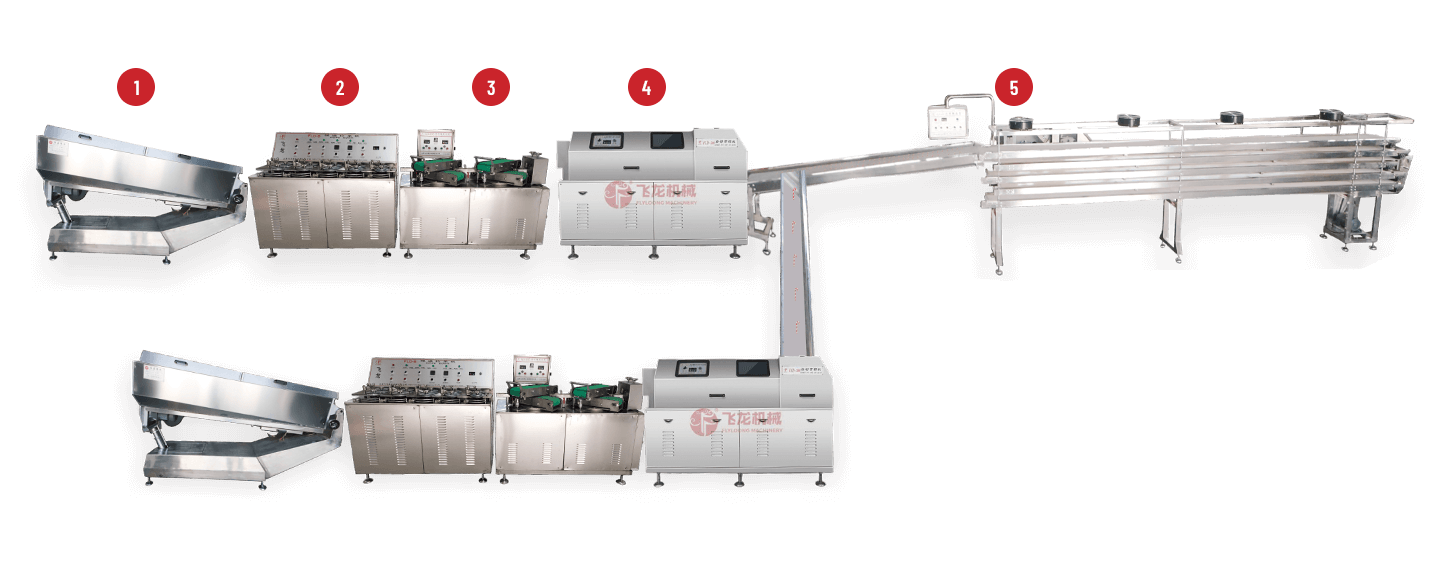
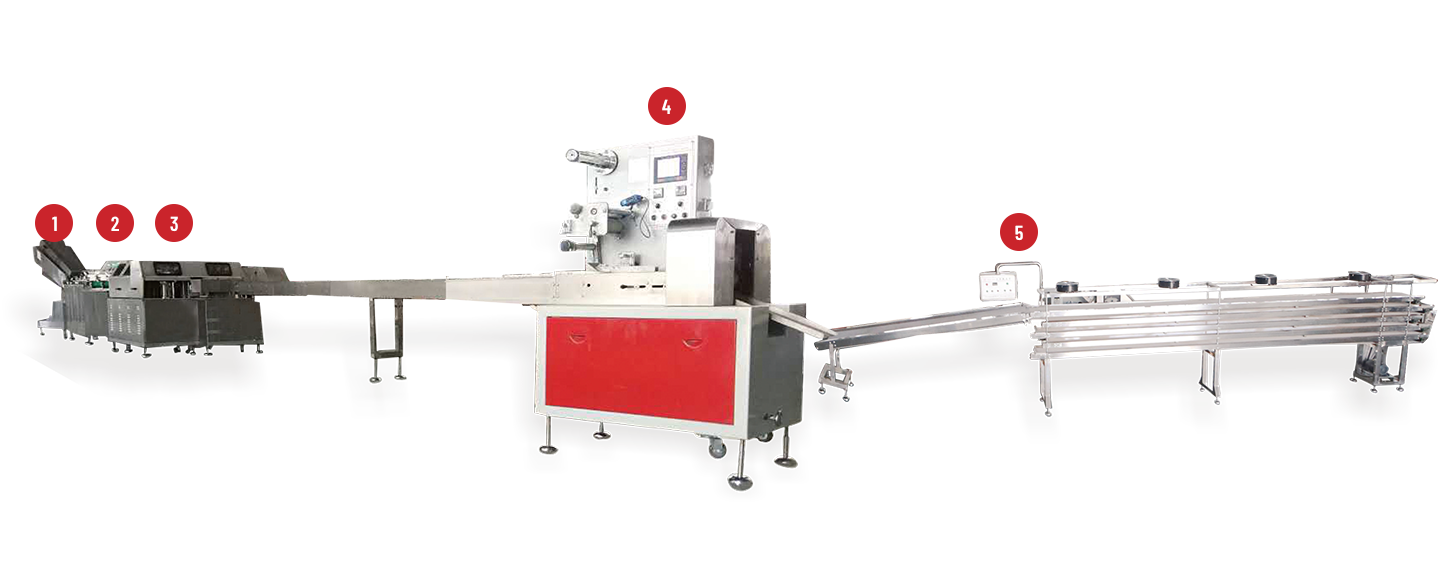
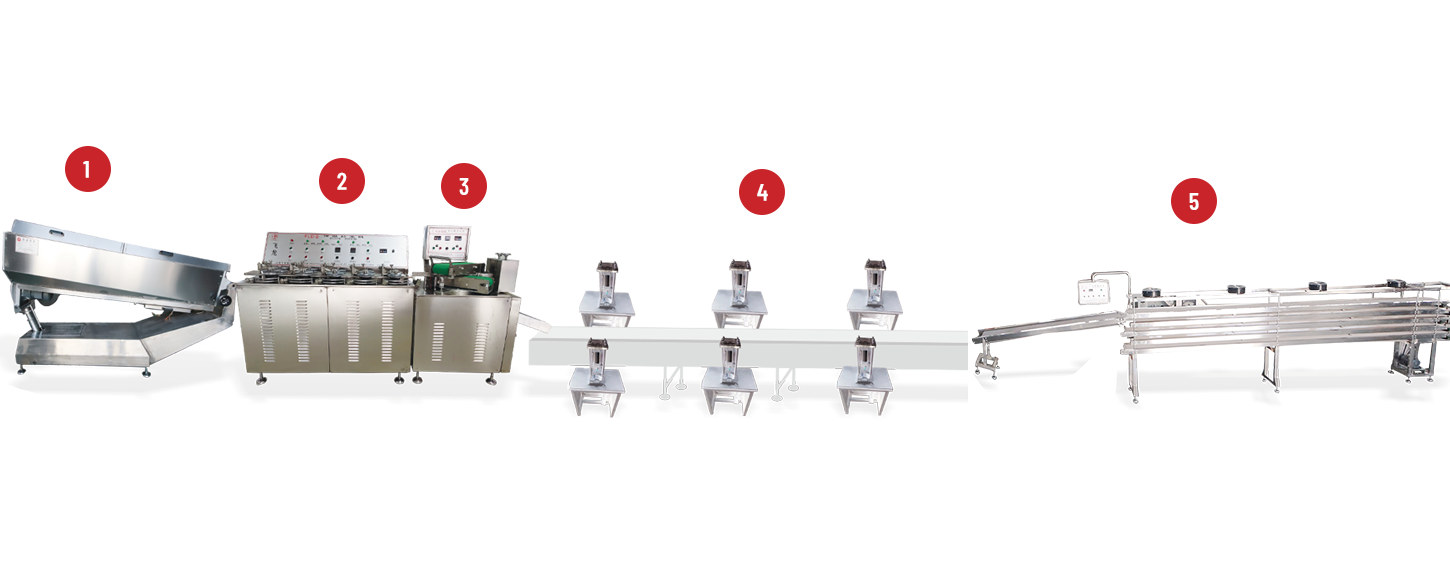
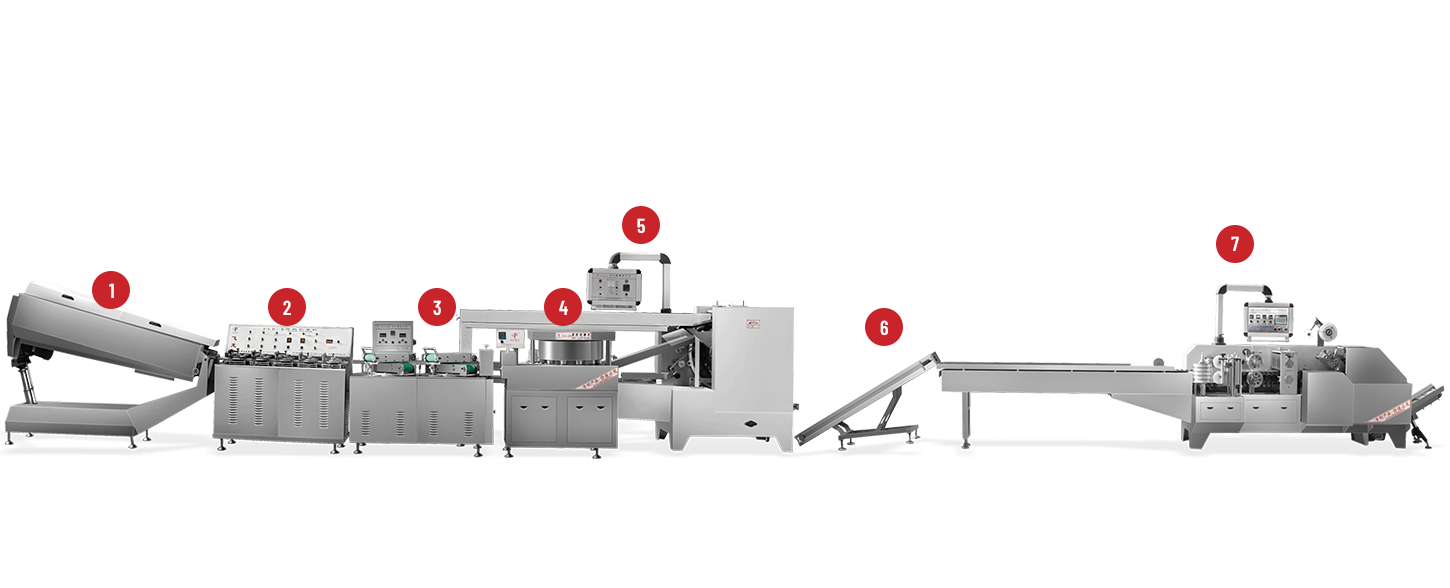
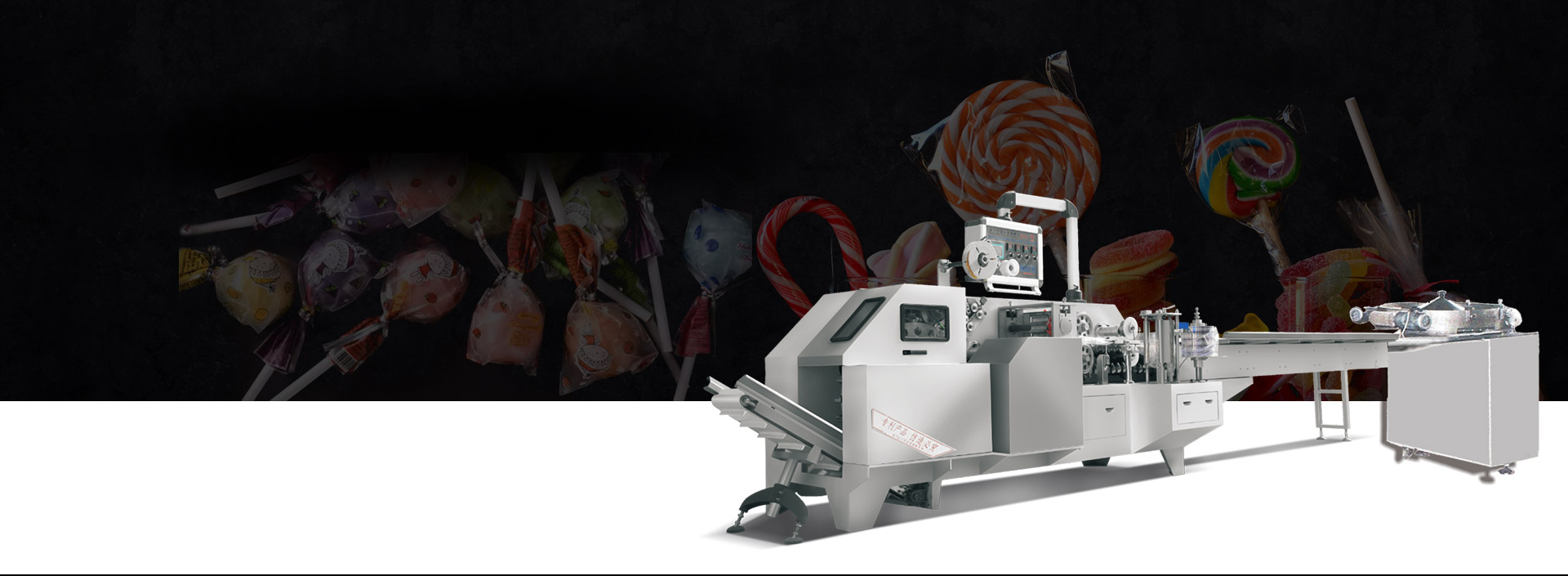
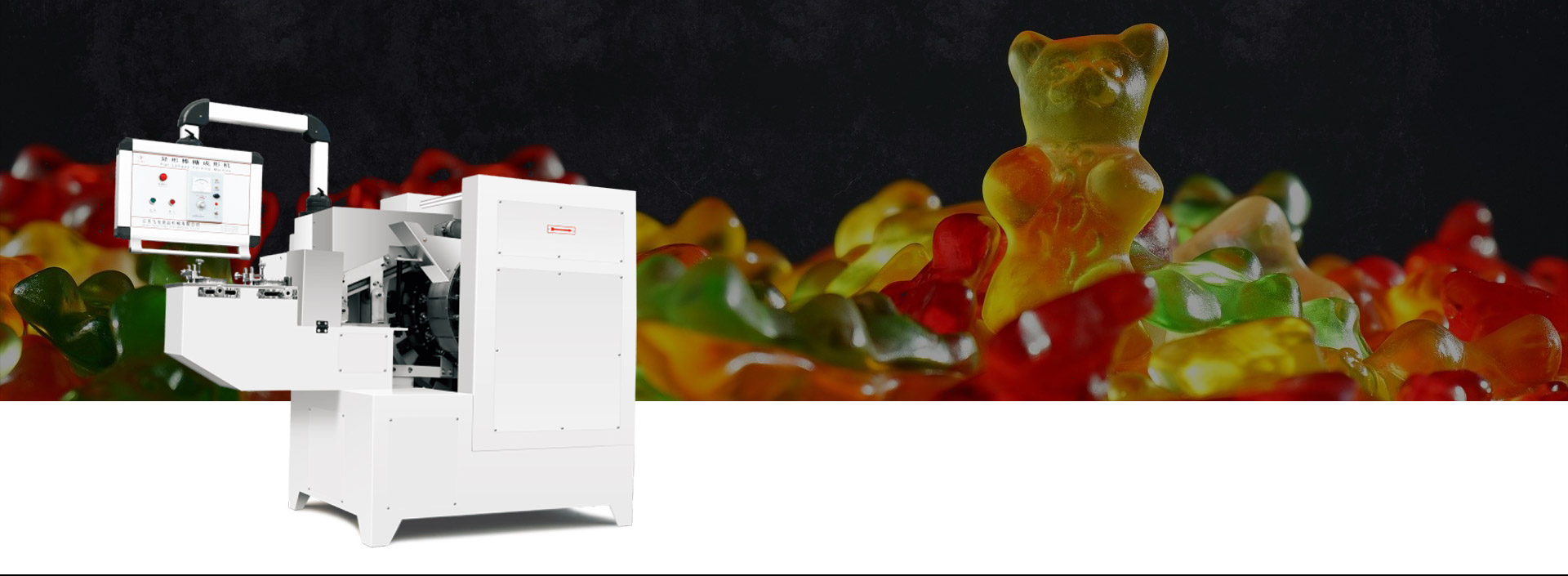
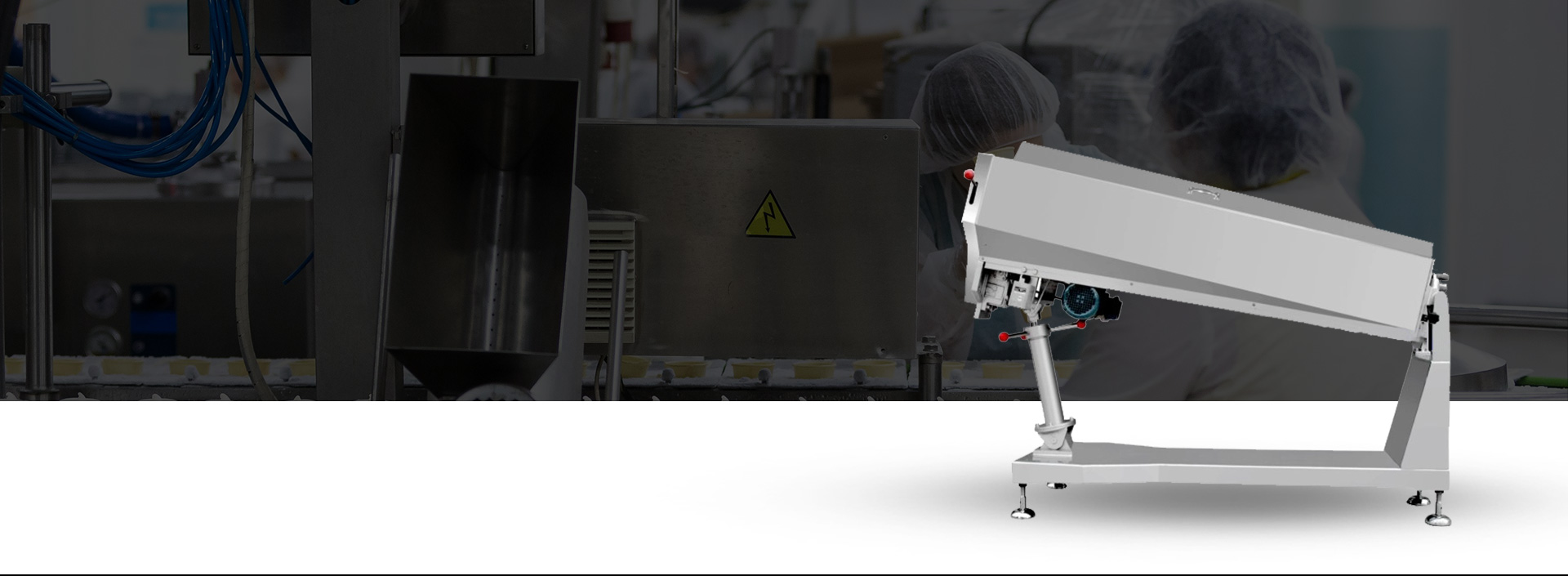
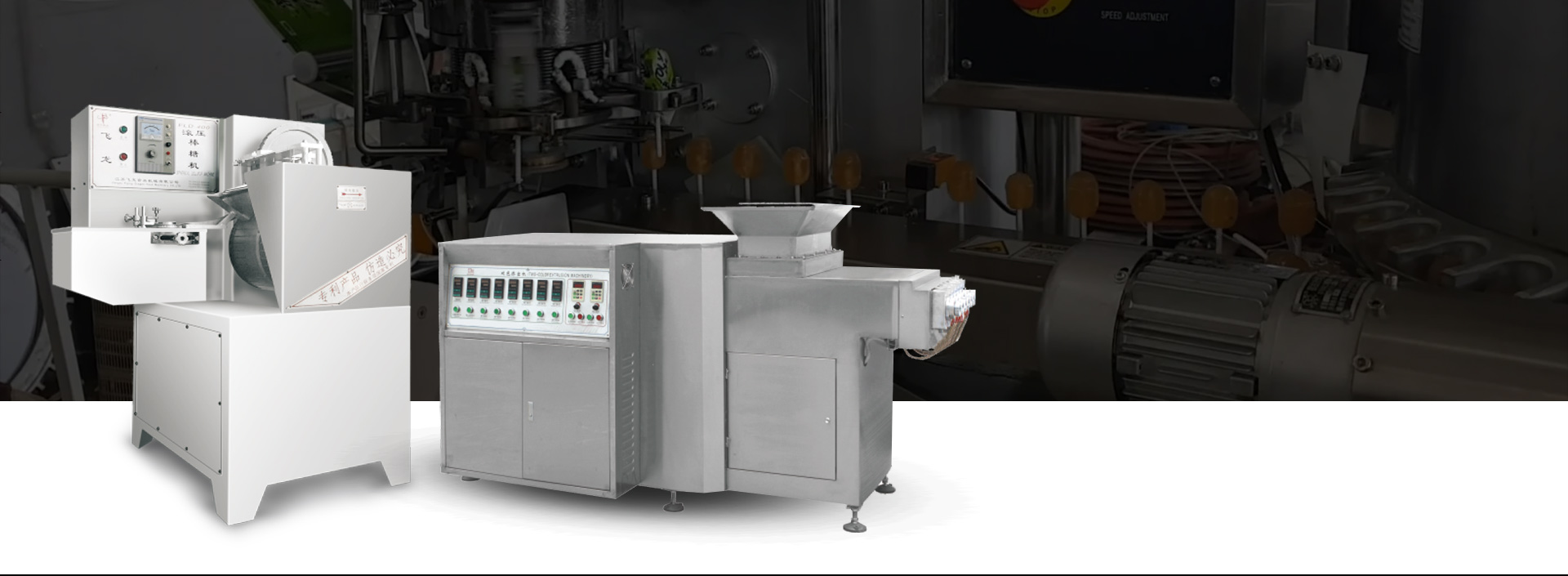
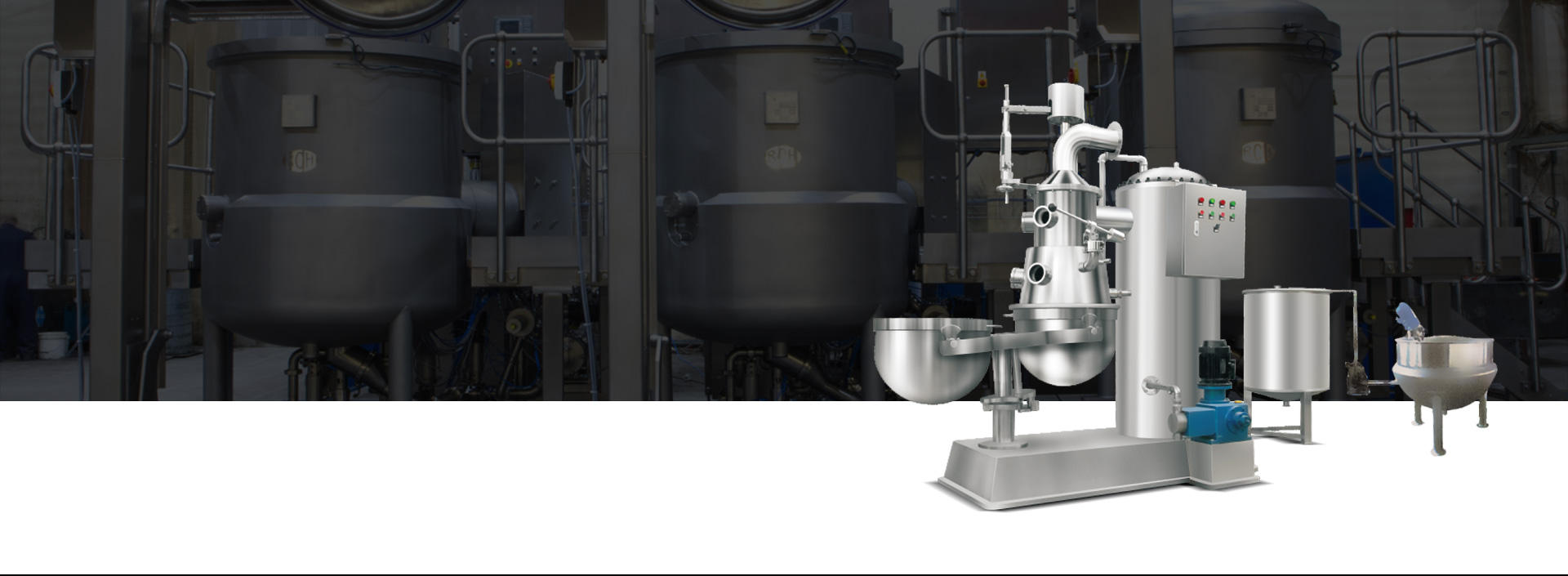

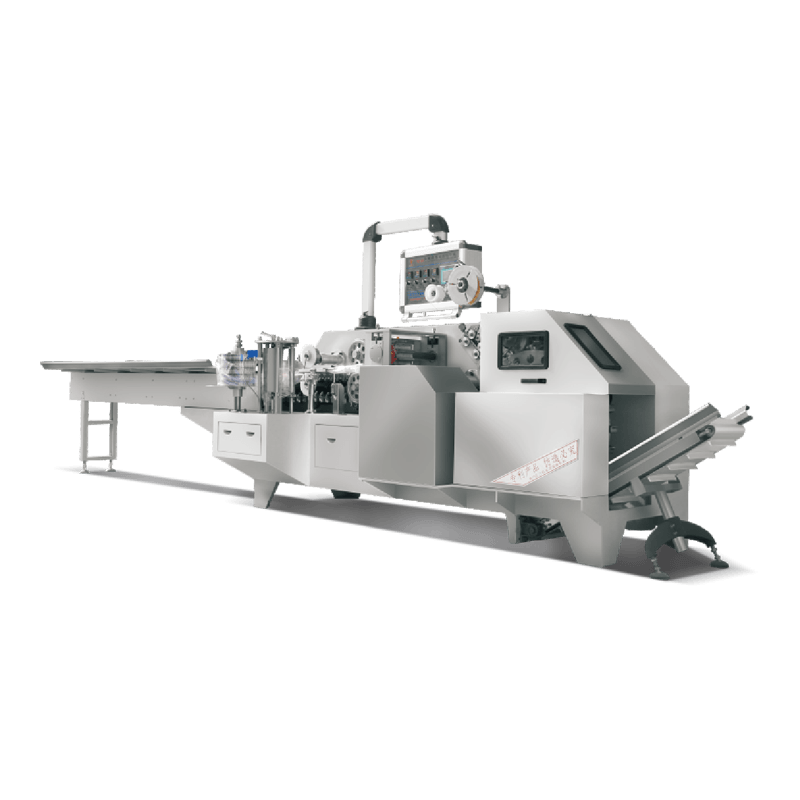
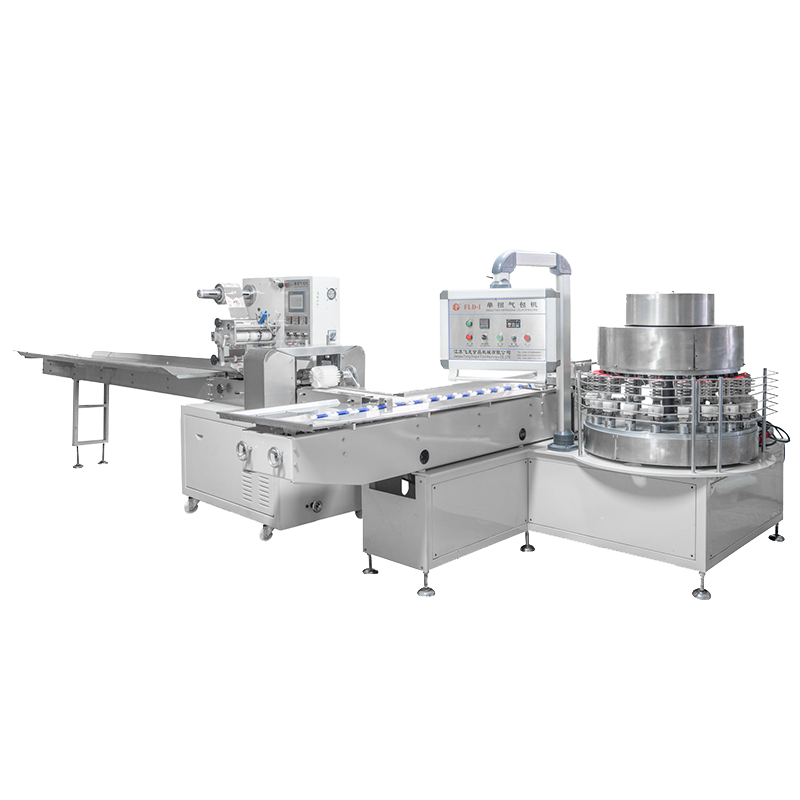
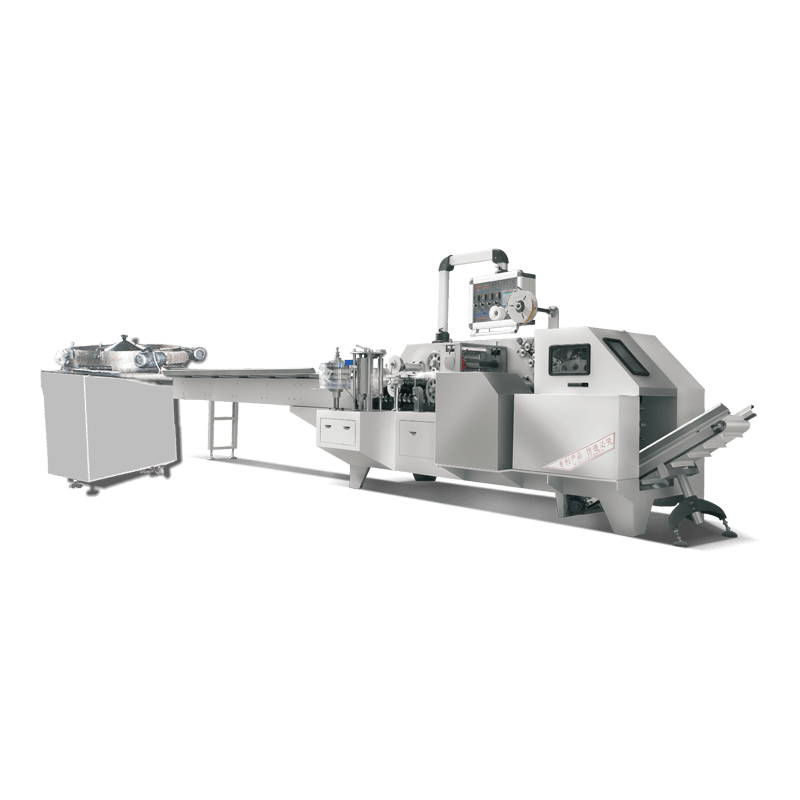
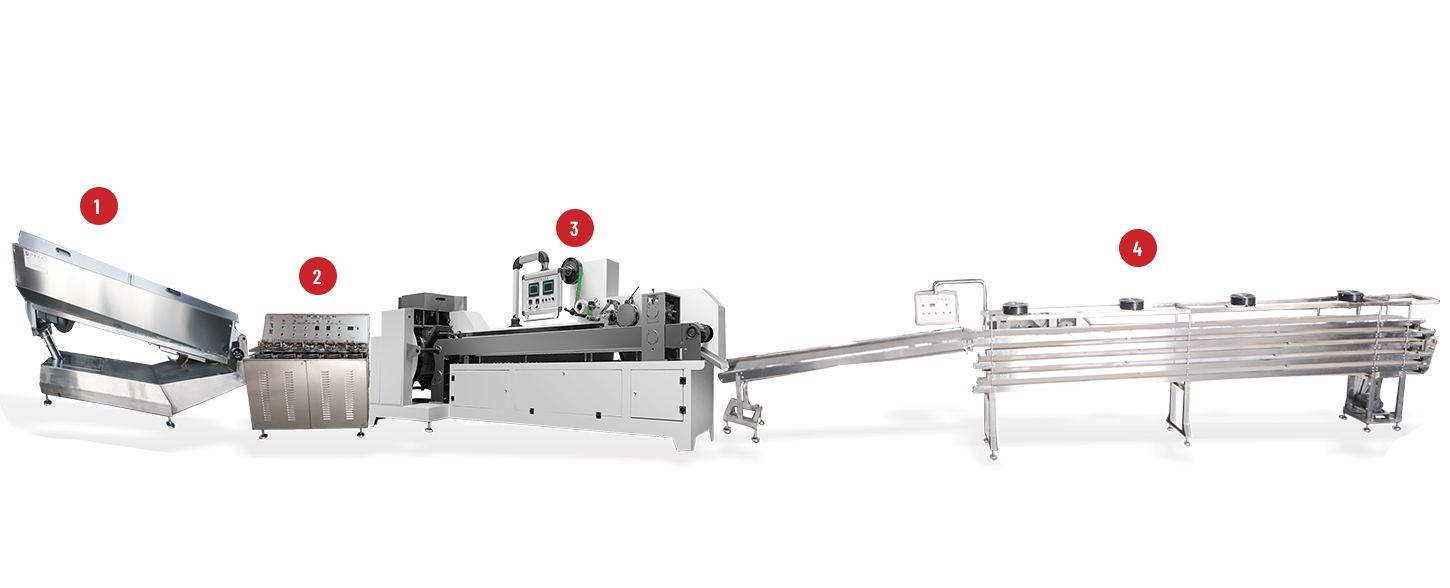
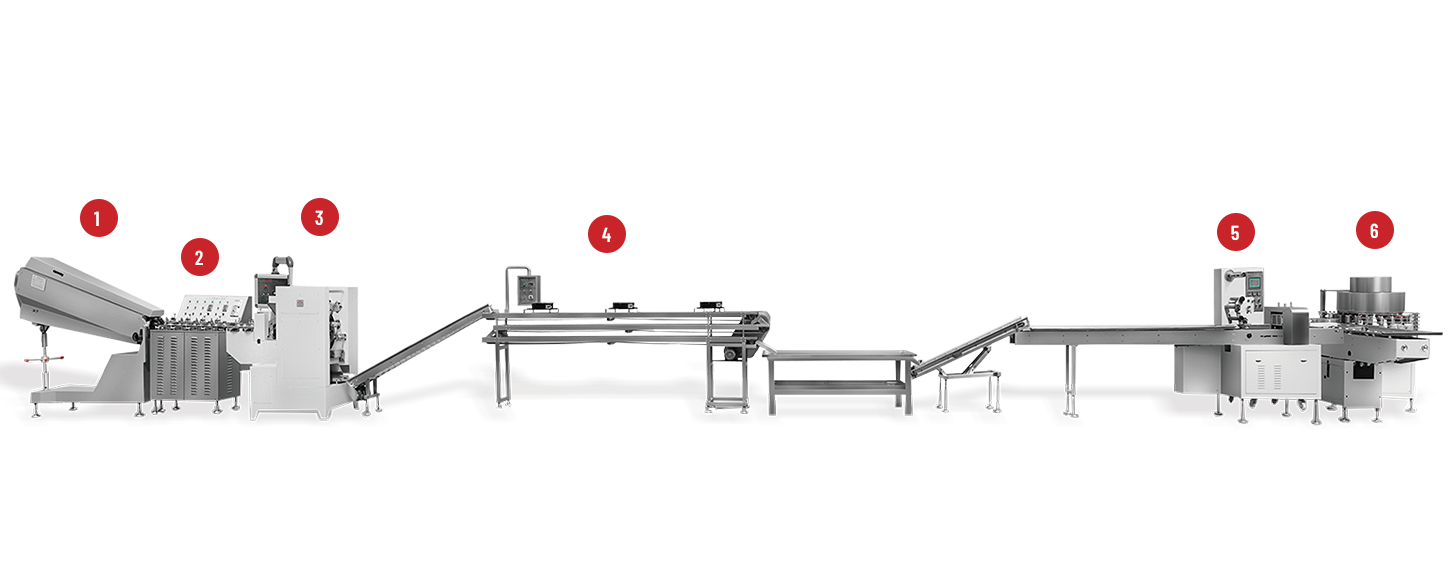
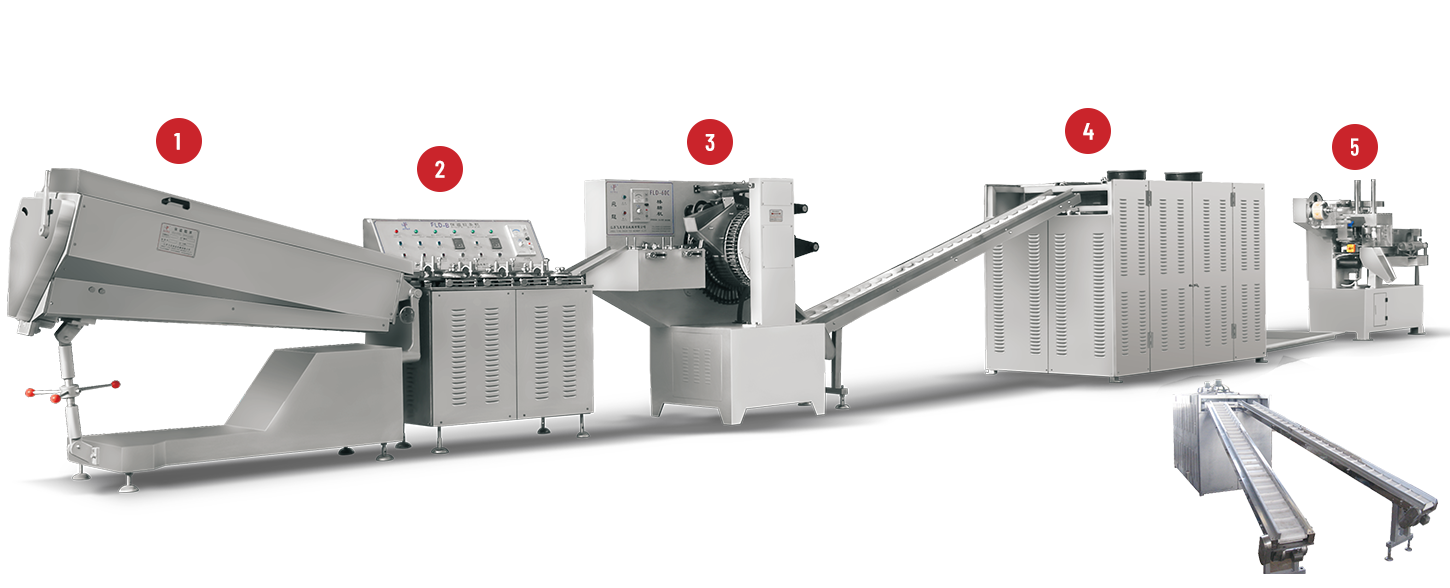
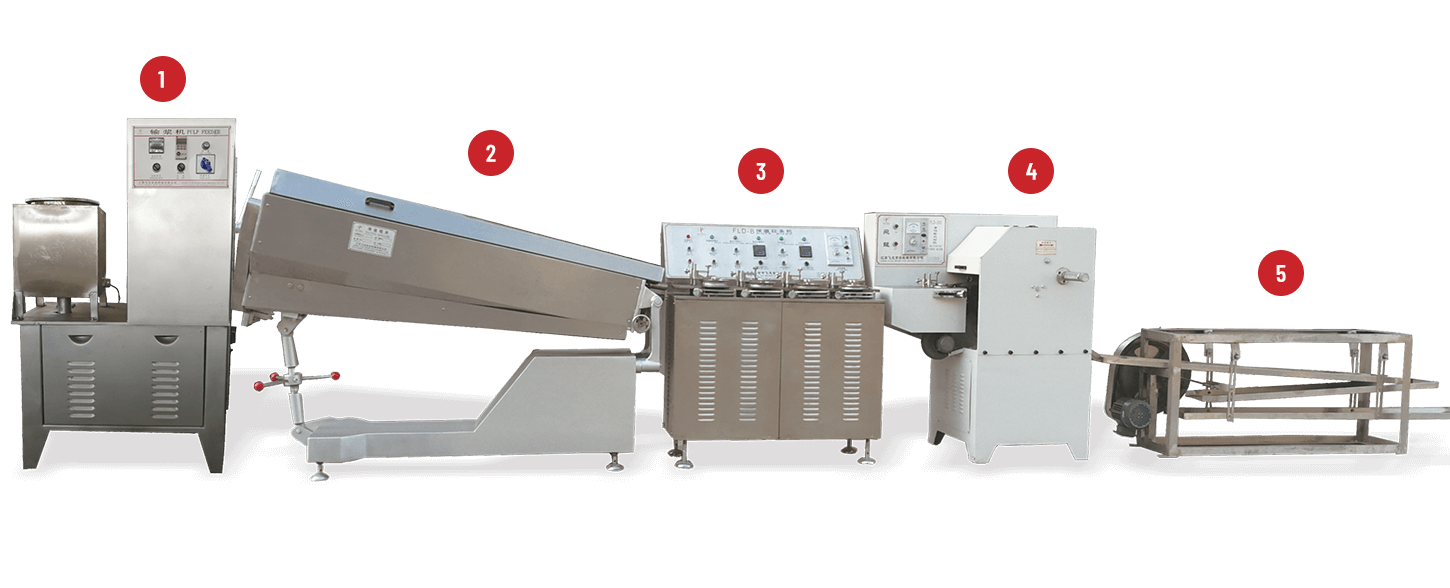
 +86-(0)515-8465666
+86-(0)515-8465666 +86-(0)515-85566996
+86-(0)515-85566996 +86-138 1559 9708
+86-138 1559 9708 flyloong@flyloongcn.com
flyloong@flyloongcn.com 
 Home
Home